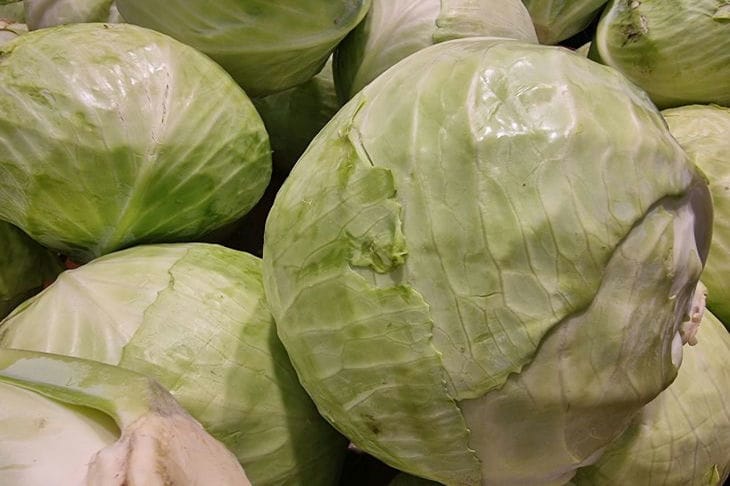How to Save Cabbage from Slugs and Snails: Cabbage Protection
Juicy cabbage leaves are a real delicacy not only for humans, but also for garden pests such as slugs and snails.
These creatures are capable of destroying young shoots and causing irreparable damage to the harvest. How to protect cabbage and not leave pests a single chance?
Natural enemies of slugs and snails
Attracting natural enemies of slugs and snails is an environmentally friendly and effective method of control. Hedgehogs, toads, birds, and ground beetles will happily feast on the pests, reducing their numbers on the site, says Anastasia Kovrizhnykh .
Create favorable conditions for these helpers: install houses for hedgehogs, organize a small pond, plant plants that attract predatory insects.
Barriers to pests
Create barriers that will prevent slugs and snails from getting to the cabbage. Scatter crushed eggshells, coarse sand, ash or sawdust around the beds.

The sharp edges of these materials will damage the delicate bodies of the mollusks, causing them to abandon their intentions.
Traps for slugs and snails
An effective way to combat pests is to use traps. Place wet boards, pieces of slate or roofing felt between the beds.
During the day, slugs and snails will hide under these shelters, and in the evening all you have to do is collect and destroy the pests.
Plants-repellents
Scented herbs and flowers will help repel slugs and snails. Plant garlic, onions, rosemary, thyme, lavender or sage near the cabbage. Their smell is unpleasant for the mollusks and will make them look for food elsewhere.
Proper watering
Slugs and snails love a humid environment. To reduce their numbers, water the cabbage in the morning so that the soil has time to dry out by evening. Avoid overwatering, especially during rainy season.
Mechanical collection
Inspect your cabbage regularly and collect any slugs and snails you find by hand. This is especially important early in the morning or late in the evening when the pests are most active.
Use of drugs
In the case of a massive invasion of slugs and snails, when other methods of control do not give the desired result, you can resort to chemicals.
Choose products that are safe for humans and the environment, strictly following the instructions for use.
Earlier we talked about what to plant on your property to protect against pests.
